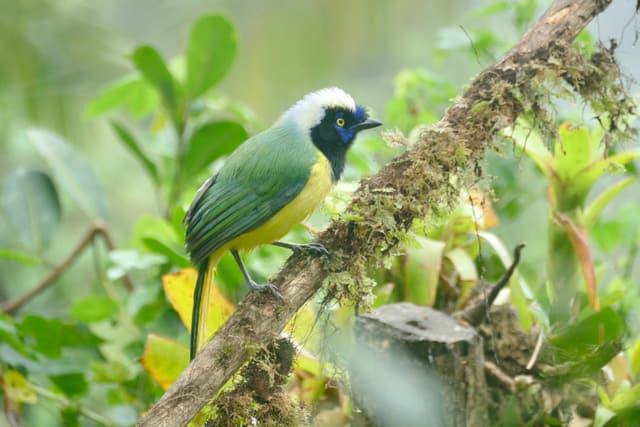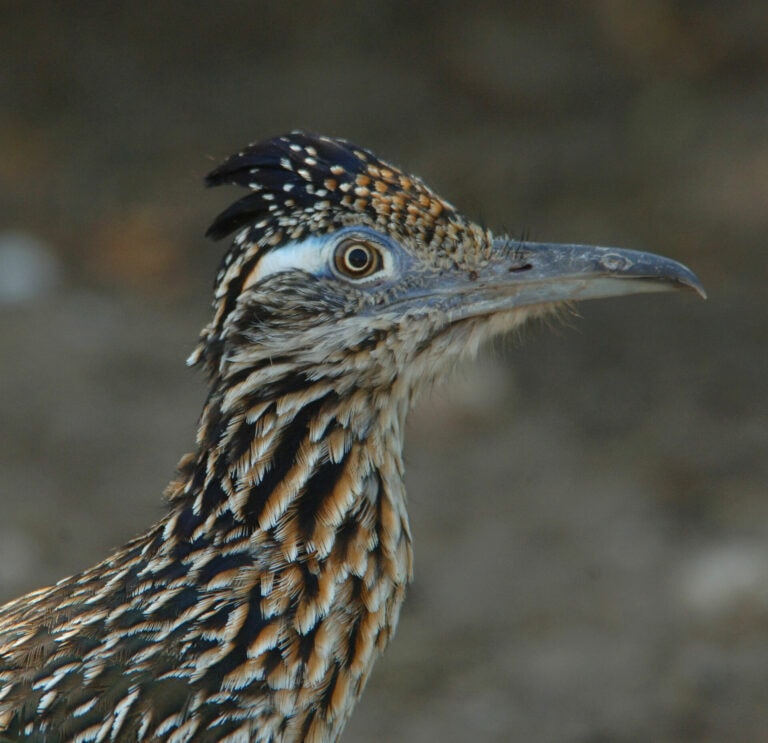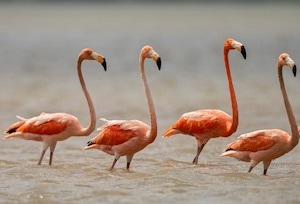TRINIDAD AND TOBAGO BIRDING TOUR:
AN INTRODUCTION TO NEOTROPICAL BIRDING
Nov 28 – Dec 9, 2024
Trinidad and Tobago are situated just seven miles north of Venezuela, giving them a rich biodiversity comprised of a blend of both Amazonian and West Indies wildlife. Despite their small size, the islands boast a bird list of more than 500 species.
 Blue Honeycreeper by Fraser Bell
Blue Honeycreeper by Fraser BellOur tour starts on Tobago, which has a distinctly Caribbean flavor, featuring lush, forested heights sloping gently into beautiful tropical beaches, surrounded by diverse coral reefs. Here we’ll seek species not found on Trinidad, which include the localized White-tailed Sabrewing. Despite its name, the endemic Trinidad Motmot is much more abundant on Tobago, as is Rufous-tailed Jacamar. We’ll take a glass-bottom boat trip to Little Tobago Island to see some of the spectacular seabirds that nest on the island, such as beautiful Red-billed Tropicbirds. We then bird our way across Tobago, exploring its wetlands and forests for specials such as Blue-backed Manakin and Venezuelan Flycatcher.
After four nights on Tobago we transfer to Trinidad, famous for its vibrant mix of cultures, excellent tropical weather, and great hospitality. During our time on Trinidad, we stay at the Asa Wright Nature Centre, a world-leading conservation-focused ecolodge. Asa Wright is well known among birdwatchers—its extensive grounds wind through pristine rainforest which boast Bearded Bellbird and the most accessible Oilbird roost in the world. Relaxed birdwatching from the veranda allows close viewing of charismatic and colorful species, such as Blue Dacnis and Tufted Coquette.
We’ll explore Trinidad’s wetlands, savannah, forests, and coastline, using Asa Wright as our comfortable base, while we seek specials such as Black Hawk-Eagle, Masked Cardinal, Lilac-tailed Parrotlet, and Red-bellied Macaw. During a scenic boat cruise, we’ll witness the breath-taking spectacle of thousands of Scarlet Ibis as they return to roost. After five nights at Asa Wright, we will end the tour with two nights in the northeast, where we target Trinidad’s one true endemic, the Trinidad Piping Guan, a once common species now red-listed by the International Union for Conservation of Nature (IUCN) as Critically Endangered.
This is a relatively easy tour, in which we hope to become accustomed to many neotropical bird families at leisure, with great photographic opportunities for many colorful species. We’ll have time to enjoy the wonderful birds of the islands, while taking advantage of the relaxing Caribbean culture.…



 avifauna and other wildlife adapted to thrive in arid conditions PLUS the wildly scenic and wonderfully eccentric Salton Sea. Travel as a small group with desert-experienced nature & bird guides from Nature Trip to visit San Andreas fault Geothermal zones; High Desert, Joshua Tree habitats; Native Washington Palm Desert Oasis; the ultra-rich delta of the Imperial Valley, the incomparable Salton Sea; and Anza Borrego, California’s largest state park.
avifauna and other wildlife adapted to thrive in arid conditions PLUS the wildly scenic and wonderfully eccentric Salton Sea. Travel as a small group with desert-experienced nature & bird guides from Nature Trip to visit San Andreas fault Geothermal zones; High Desert, Joshua Tree habitats; Native Washington Palm Desert Oasis; the ultra-rich delta of the Imperial Valley, the incomparable Salton Sea; and Anza Borrego, California’s largest state park.
